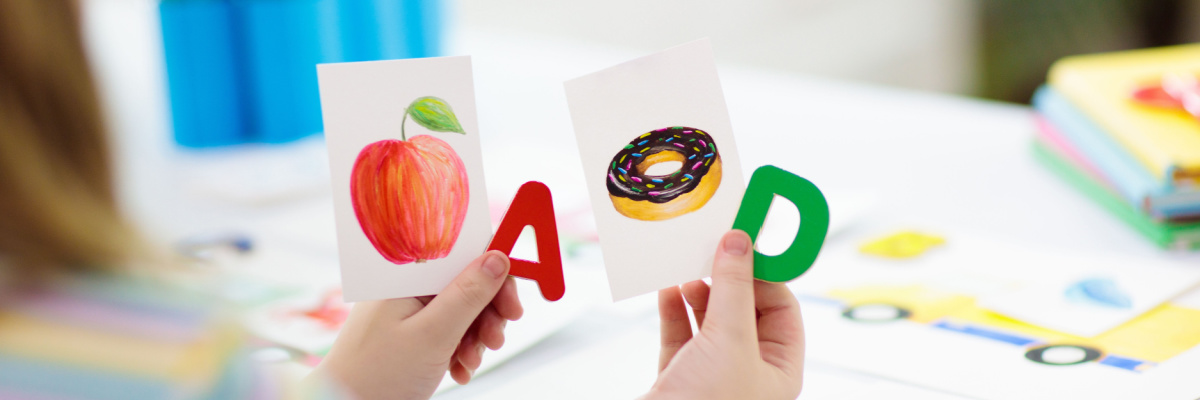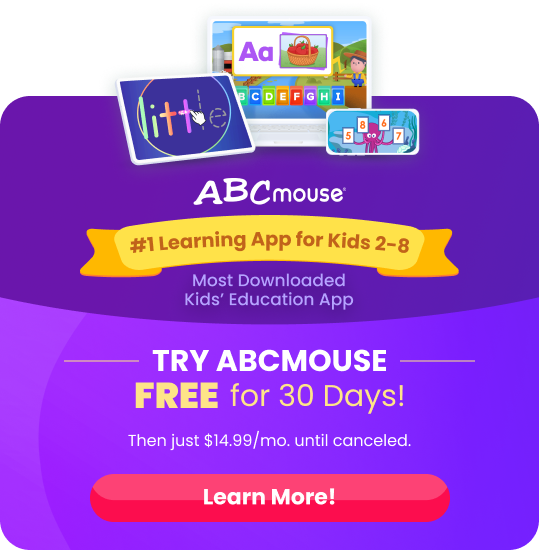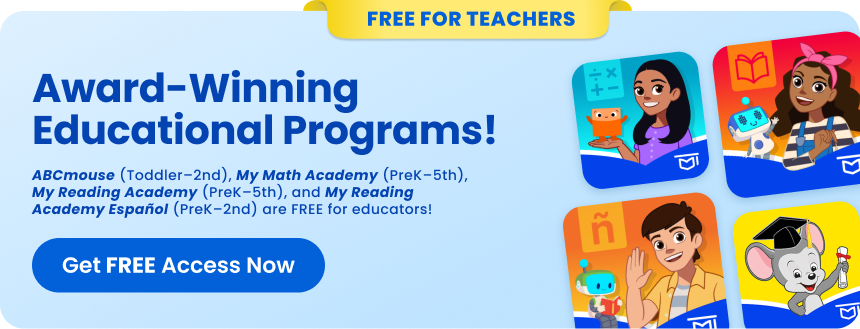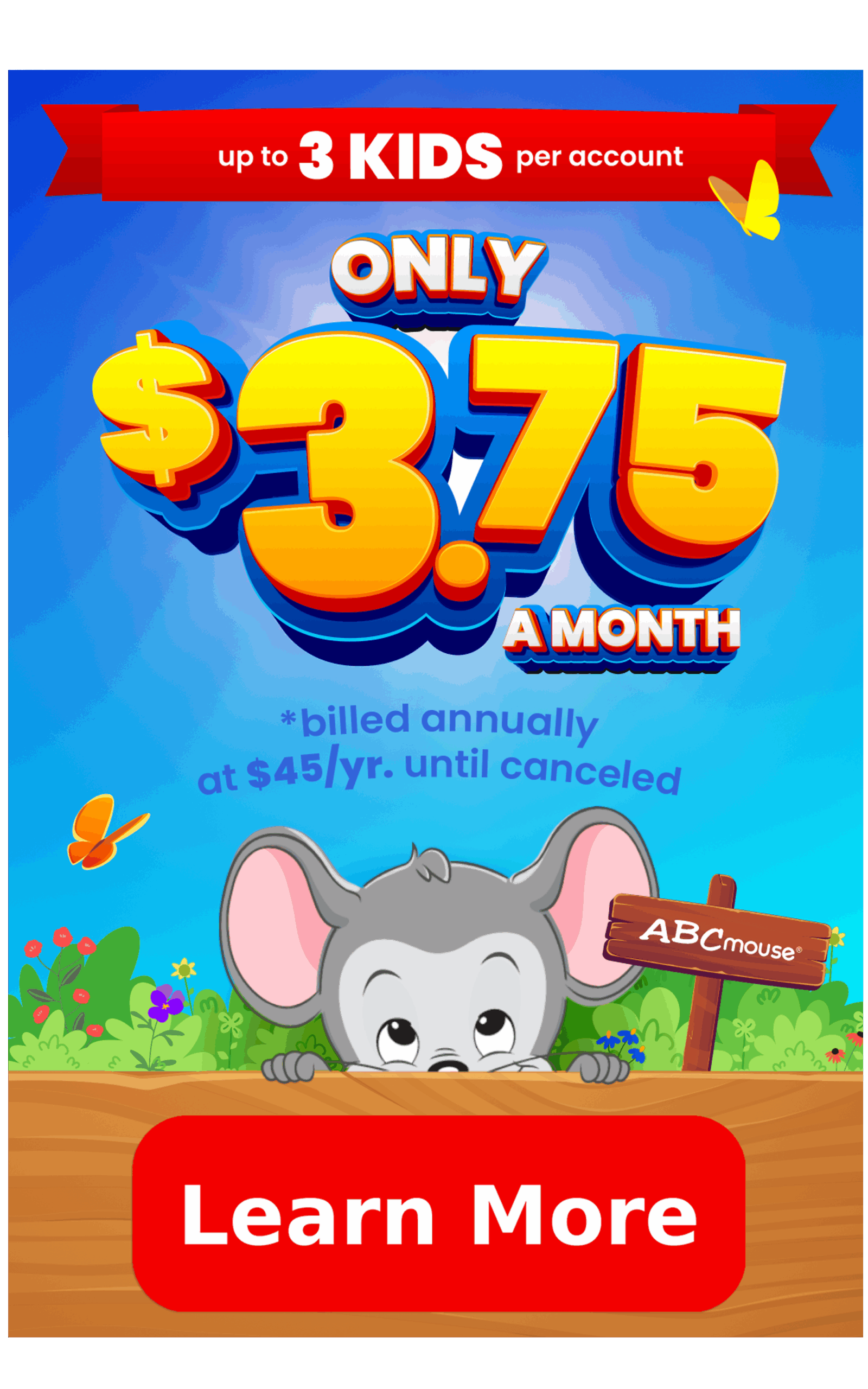
How to Teach Phonics to First Graders
Get tips on teaching phonics to first graders, as well as fun activities to help reinforce their learning.
Phonics and Phonemic Awareness
Imagine your child has a treasure map, and the path to finding the treasure is by understanding how letters and sounds work together.
That’s what phonics is all about! Phonics is like a special code-cracking kit that helps children figure out how each letter makes its sound. Just like a detective solves mysteries, children will be solving the mystery of how words come to life.
Now, let’s meet another superhero for your child: phonemic awareness! Think of it as a superpower to hear and play with individual sounds in words. You know how music is made up of different notes, and you can identify each one? Well, with phonemic awareness, your child can learn to hear each sound in a word, just like magic!

But why are phonics and phonemic awareness so important? Imagine trying to build a sandcastle without knowing how to pack sand into shapes. These two super tools help children break down words into tiny sounds and then blend them back together to understand what a word is saying.
In fact, research underscores the importance of systematic phonics instruction for effective reading development. A comprehensive meta-analysis by several educational psychology professionals at the Graduate Center of the City University of New York showed that “systematic phonics instruction helped children learn to read better than all forms of control group instruction, including whole language.” This approach systematically builds knowledge and skills, making phonics accessible to all learners, from the earliest readers to those struggling with reading disabilities.
Reading without phonics and phonemic awareness is like trying to build words without knowing how to put sounds together.
First graders have generally mastered the alphabet and the basic sounds the letters make, meaning they’ve already got good phonics skills under their belts. Now they’re ready for more advanced concepts, like digraphs and silent-e words.
Find out what skills they need to know, and how to teach phonics to first graders in ways that make the learning stick.
Master Consonant Blends
In consonant blends, two consonants work together to make one smooth sound: /st/, /sp/, /br/, /tr/, /pl/, etc.
Teach kids to pronounce each consonant, but to slide them together into one sound. This seems like a simple concept, but takes a little practice. Once kids master consonant blends, though, they’ll find they can read lots of four and five-letter words.
Consonant Blend Activities
- Look for S-blends, L-blends, and R-blends. These are the three most common blends, and they can be found at the beginning, middle, or end of words. Give kids books or magazines, and ask them to look through and find words with these blends, then practice sounding them out.
- Use blends cards. Write the most common blends on notecards and lay them out on the floor or table. Ask your child to add letters to each using flashcards or letter beads, trying to create as many new words as they can.
Tip: Encourage your child to write out each word as they create it.
- Sort words by blends. Write a variety of words that use consonant blends on notecards, then ask your child to sort them into piles by blend (/st/ words, /br/ words, etc.). Have them read each word aloud as they sort.
- Make a word-family wheel. Write down as many words as you can that belong to a certain word family. You can use “at” as an example. Draw a big circle on your paper and divide it into sections like a pie. Write one word from the “at” family in each section. Have your child identify each word and use it in a sentence.
Learn Phonics with ABCmouse’s Reading Program
ABCmouse’s reading program is packed with hundreds of activities designed to help young children build foundational phonics skills. Through a personalized learning path, kids can progress at their own pace, making learning fun and engaging. Dive into the ABCmouse Reading Program and start your phonics journey sign up today!

Then just $14.99 a month until canceled
Introduce Digraphs
When two letters work together to make one new sound, it’s known as a digraph.
Examples include /ch/, /sh/, /ph/, /th/, /ck/, and /kn/. There’s no logical way to sound out digraphs, so students simply have to memorize them. Find lists of digraphs and digraph words here.
Digraph Activities
- Play Digraph I Spy. In this activity, only use objects whose names include a digraph, like chair, fish, or clock. If the item you have in mind is your phone, say, “I spy with my little eye something that starts with p-h.” Ask your child how /ph/ is pronounced, then see if they can figure out your object.
- Brainstorm words. Choose a digraph, start the clock, and see many words your child can come up with that include that digraph before time is up. Then try to break that record! This is a fun game to play on the go.

- Make digraph flowers. Try this cute craft idea from I Can Teach My Child. First, cut out paper flowers with round centers and multiple petals. Cut out and paste green stems to a piece of paper. On each flower center, write a different digraph, and paste it to a stem. Then, write words that use that digraph on petals, and add them to your flowers. You’ve made a digraph garden!
Learn About Long Vowels and Silent-E Words
By this age, kids should already know that vowels can make more than one sound. But how do you know which sound to use?
Introduce your child to silent-e, and work on CVCe (consonant-vowel-consonant-silent E) words. This can be a difficult skill, so the more practice kids get, the better.
Long Vowels and Silent-E Words Activities
- Meet “Bossy E”: This is a classic way to teach this concept: “Bossy E makes vowels say their name.” For example, in the word “bit,” the I is pronounced with its short sound.
But when you add the silent E to the end, that bossy letter makes the I “say its name,” which is the long sound of I: “bite.” This simple trick can really help kids remember the rule.
- Make “Magic E” wands. Cut out a paper star and write the letter E on it. Glue the star to the end of a long stick, and tell your child they now have a “Magic E” wand! Write out CVC (consonant-vowel-consonant) words on cards, then have kids hold up the Magic E wand to the end to see if they can make a brand-new word.
- Draw an arrow. For kids who really struggle, try this method. Have them draw an arrow from the silent E at the end of the word back to the vowel. This visual reminder can help them as they read. They can also simply use their finger to trace a line from the E to the vowel as they go.
Tackle Inflectional Endings
We add inflectional endings to words to change their meanings, like:
- An “ed” at the end of a verb changes it to past tense.
- We use “ing” for something that is currently happening.
Inflectional endings frequently trip kids up when they’re reading, because sounding them out may not exactly work. For example, think of the word “jump.”
Digraph Activities
- Sort by sound. Verbs that end in “-ed” are tricky, because they can be pronounced in a few different ways.
Write out a variety of past-tense words using “-ed” endings on cards. Have your child read each word, then sort it based on whether it ends with a /t/ sound (as in “blocked”), a /d/ sound (as in “yelled”), or an /id/ sound (as in “needed”).

- Add movement. Words that end in “-ing” (known as “gerunds”) are a great way to get some active learning.
Make cards with different ways to move (like jumping, walking, skipping, hopping, spinning, etc.), and lay each one out with lots of space in between. Challenge your child to pick up the first card, read the word, and then use that movement to make their way to the next one.
Break Words into Syllables
As kids reach the end of first grade, they’ve developed lots of strong phonics skills and are getting ready to move on to multisyllabic words.
This can be overwhelming, so take time now to teach them to break words down into individual syllables. Once they do, they can use what they already know to pronounce even long words.
Segmenting and Syllable Activities
- Put your hand on your chin. Have your child place a hand on their chin, then say a word slowly. They’ll notice that with each new syllable, their jaw drops and closes again. This makes it easy to count the number of syllables.
- Clap the syllables. Here’s another classic method: clap out each syllable as you pronounce a word. You can also have kids stomp their feet, bang (gently) on the table, or jump up and down.
- Cut words apart. Write multisyllabic words on strips of paper, then let kids use scissors to cut them into individual syllables. (For a real challenge, mix up all the pieces and see if kids can reassemble the words again!)
But when you add the silent E to the end, that bossy letter makes the I “say its name,” which is the long sound of I: “bite.” This simple trick can really help kids remember the rule.
ABCmouse Can Help Teach Phonics!
ABCmouse is a fun online learning program that can help your child learn phonics! ABCmouse teaches phonics to first graders through a variety of interactive and engaging methods.
- Interactive games and activities that focus on matching sounds to letters and forming words
- Songs and videos that introduce phonetic concepts in a memorable way.
- A structured learning path is followed for gradual skill development
- Offers digital books emphasizing phonics.
Incorporating engaging characters and storylines into these resources helps keep children interested and motivated in their phonics learning journey. Additionally, ABCmouse includes assessment tools for progress tracking and can help you tailor the learning experience to their needs.

Keep Learning!
For more fun first grade learning, check out:
ABCmouse’s expert advice review process:
Our team of ABCmouse Curriculum Experts, made up of talented professionals in early childhood education and development, take a close look at educational content and learning claims. They put in the effort to make sure our information is accurate and current. We have a certified educator or another respected authority review the content, matching their expertise with the topic at hand. They’ll make sure the content is thorough and follows the latest research and educational guidelines. If they think we can make things even better, they’ll chat with our editorial team, and we’ll make those improvements right away. Only after a reviewer gives their thumbs-up does a piece of content get the official stamp of approval in the byline.
Legal Disclaimer: Any information, materials, or links to third-party resources are provided for informational purposes only. We are not affiliated with and do not sponsor/endorse these third parties and bear no responsibility for the accuracy of content on any external site.





